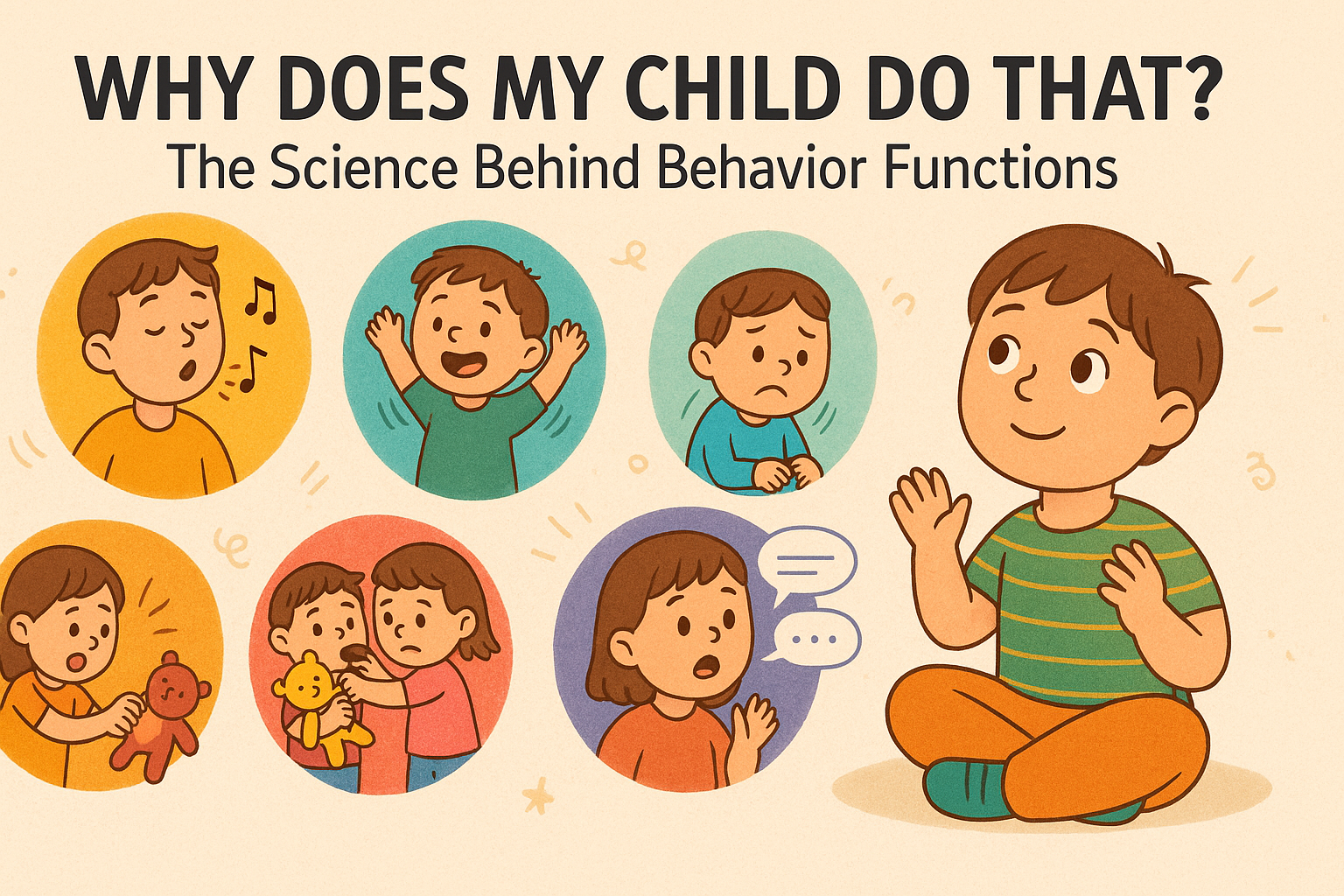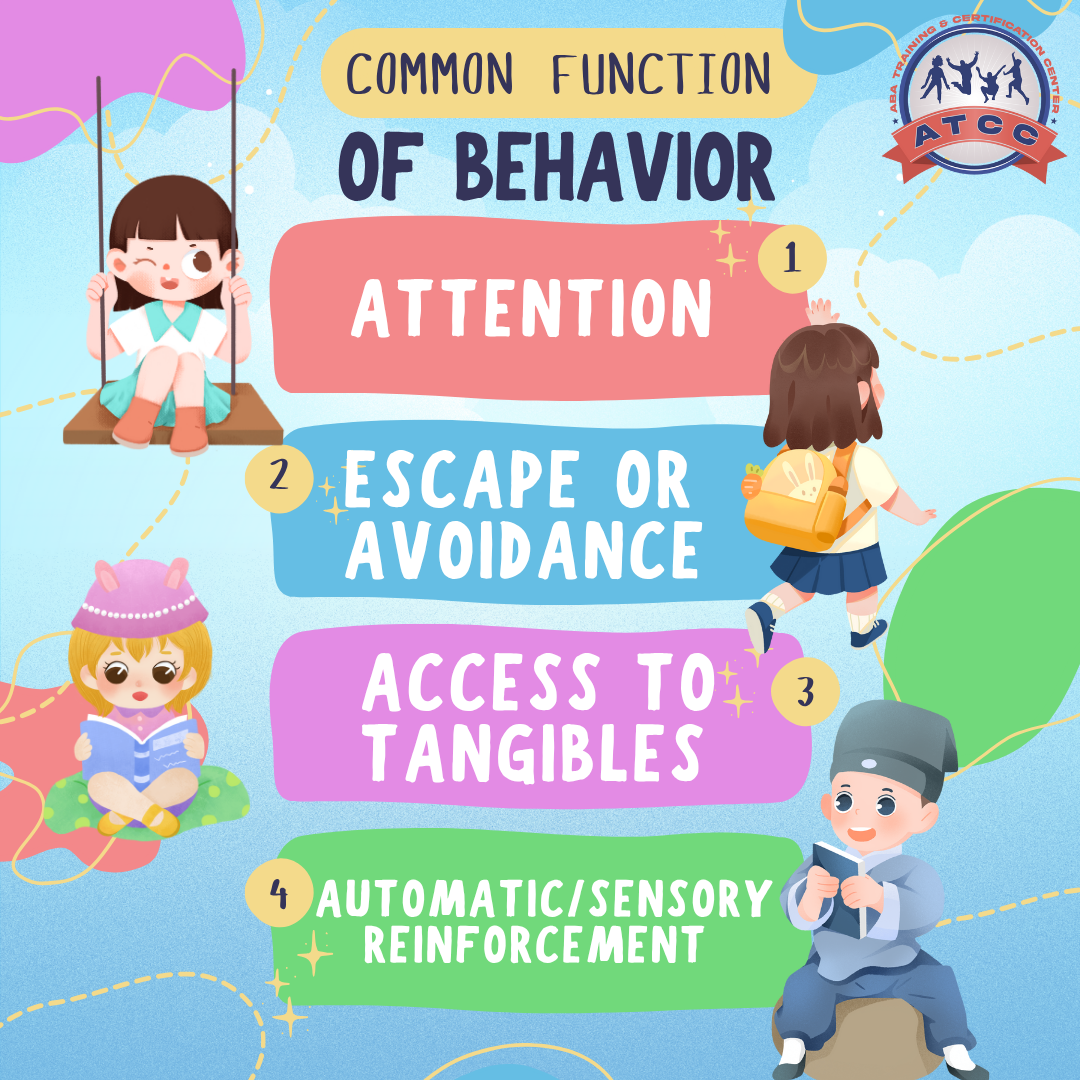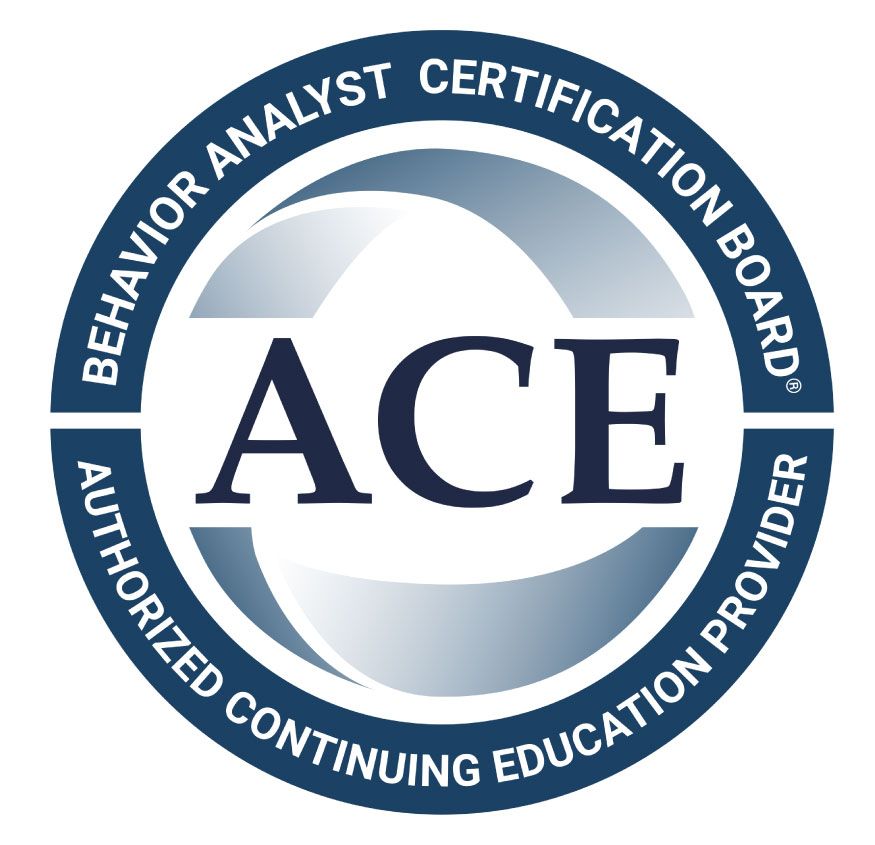
The Science Behind Behavior Functions
Bonus Learning: Common Functions of Problem Behavior.
Learn the four common functions of problem behavior (SEAT: Sensory, Escape, Attention, Tangible) in this preview from the ATCC 2026 RBT® Training (3rd Edition). Discover why behaviors happen and how RBTs can apply ABA strategies to reduce problem behaviors and teach positive alternatives. Perfect for RBT® exam prep and ABA learners.
Guaranteed Security using one of the most advanced encrypted systems on the market.
The information in this page is being processed and encrypted securely using industry-leading encryption and fraud prevention tools.

